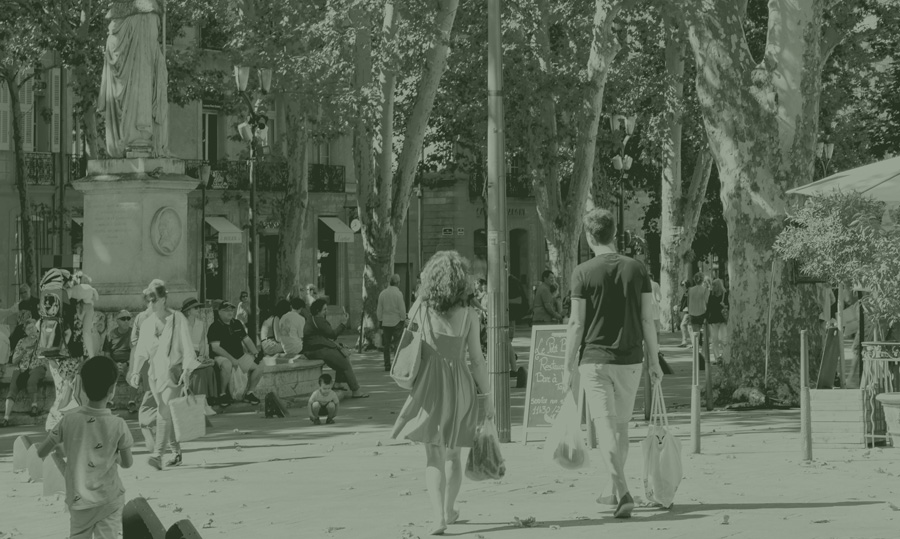Mainstreaming walking as a mode of transport in urban decision-making from an intersectional gender perspective: a cross-regional case study of Brazil and Mozambique
EP-2024-WK-01 Project title: Mainstreaming walking as a mode of transport in urban decision-making from an intersectional gender perspective: a cross-regional case study of Brazil and MozambiqueMain Applicant: Maria José NietoAffiliation: The Bartlett Development Planning Unit , University College London, UK Partners:• Dr. Daniel Oviedo (DO), Associate Professor, DPU UCL• Leticia Leda Sabino (LLS), President and Coordinator of
